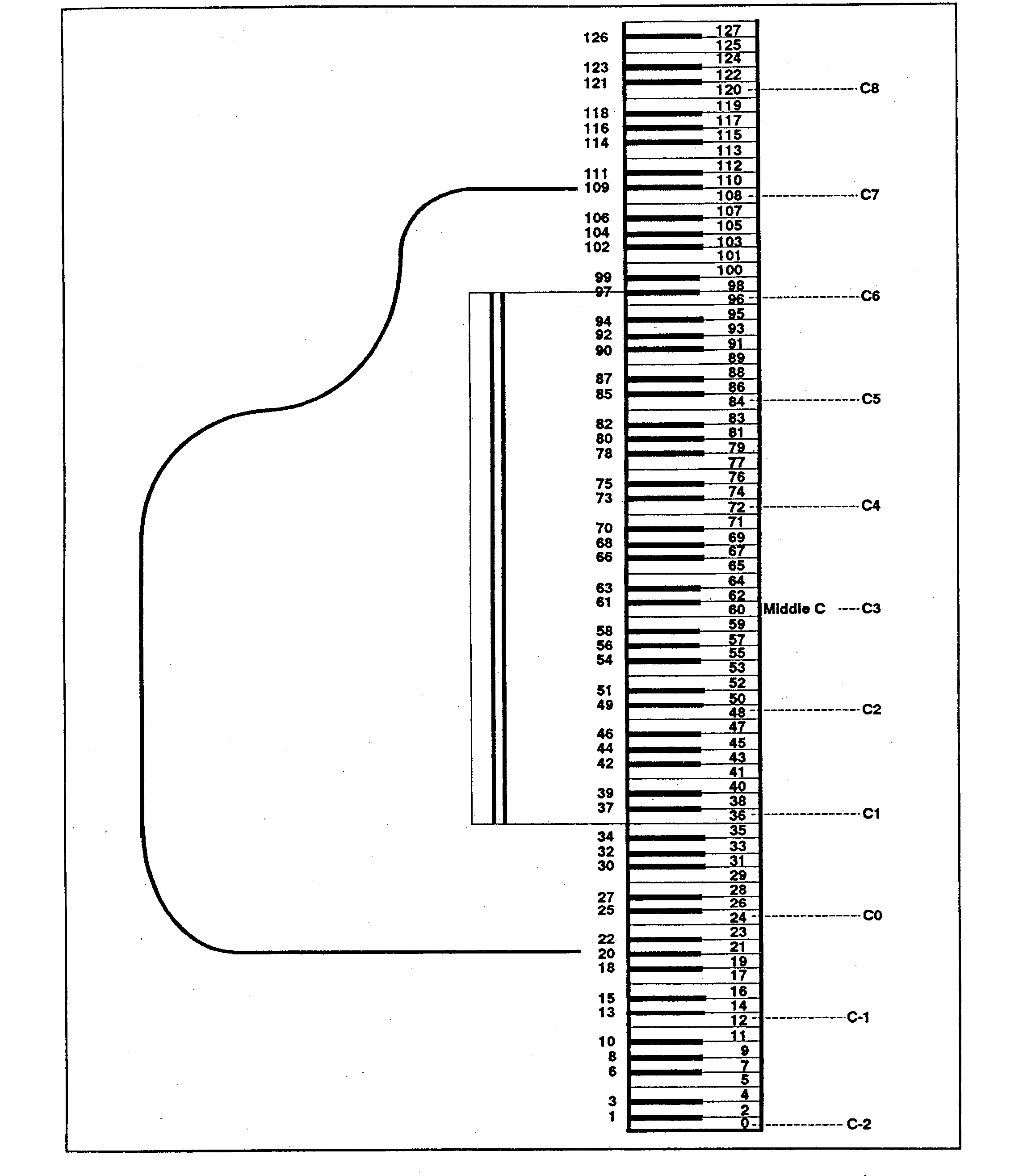
He wanted to be able to play any of them from a single custom keyboard. In the late 1970's, Herbie Hancock was exploring the possibilities of synthesizers, and had a live rig that incorporated instruments from many different manufacturers. There were simply too many permutations to allow easy communication. While instruments could be connected, there was no guarantee that they would respond the same way. There was little agreement as to how the interface worked. Each manufacturer implemented their own variant of the analog interface, tailored to their specific needs. The voltage compatibility didn't always translate to other vendors. Within the system, the signaling between the modules was standardized, so all of the modules were intercompatible. One voltage might control the pitch, another the timbre, and a third the amplitude.

The signals between the modules were all analog, using voltages to represent musical parameters.


Even today, the configuration for a sound on a synthesizer is called a patch, though it might not involve any cables or plugs. On these systems, the configuration of the patch cables, knobs, and switches determined what sort of sound was created. The Moog System 35 Modular Synthesizer (Photo Courtesy Moog Music)


 0 kommentar(er)
0 kommentar(er)
